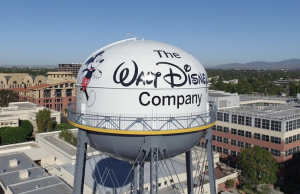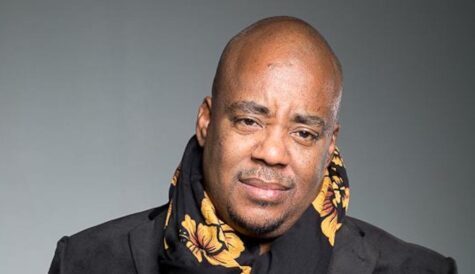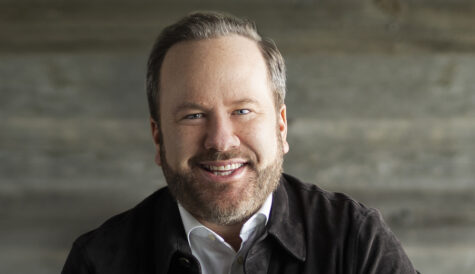Disney reveals SVOD plans, misses Q3 expectations
 Disney is “on track” to launch its Disney-branded streaming service late next year, with “numerous original projects currently in various stages of development and production”, according to CEO Bog Iger.
Disney is “on track” to launch its Disney-branded streaming service late next year, with “numerous original projects currently in various stages of development and production”, according to CEO Bog Iger.
Speaking to analysts after the company reported less-than-stellar Q3 results, Iger said that Disney will “continue to move full steam ahead with our direct-to-consumer strategy”, which he referred to in his remarks as ‘Disney Play’, with last year’s acquisition of the BAMTech technology outfit enabling it to enter the OTT TV space “quickly and effectively”.
Iger told analysts in the Q&A session following the results announcement that Disney would “walk before we run” in terms of building content for the service and added that the Disney OTT offering would “not have anything close to the volume that Netflix has”. Consequently, he said, the price of the offering will “reflect a lower volume of product”.
Content for the Disney service will include the first live-action Star Wars TV series, reportedly costing US$100 million for 10 episodes, and new episodes of the Star Wars: Clone Wars animated series.
Iger said that Disney was “obviously very excited” about bringing 21st Century Fox content to the new service once the acquisition of Fox’s entertainment assets closes, but added that the company remained “incredibly supportive and enthusiastic” about theatrical distribution of movies.
While the service will feature Pixar, Marvel, Disney and National Geographic content as well as Star Wars, Disney aims to maximise the value of its content investment through its distribution windowing strategy. Regarding the streaming service, Iger said that Disney aimed to be in the “quality game” rather than the “volume game” in populating it, although it will also include a “significant amount” of library content.
Acknowledging that the Fox acquisition will also give Disney a 60% in existing streaming service Hulu as well as the Disney-branded service, Iger said that the company aimed to provide a range of options for consumers rather than to try to combine all its content into a single aggregated play.
He said that the company did not plan to “replicate the multichannel environment of today” online because consumers are increasingly “interested in making decisions on their own about what kind of packages they want”.
Iger said that ‘Disney Play’ would be “family-oriented” and would appeal to a different segment than Hulu. However, he did not rule out bundling Disney Play, Hulu and ESPN+ with a pricing incentive for consumers that want all three.
Iger said he did not believe the launch of an OTT TV service would complicate Disney’s relationship with its distribution partners and said traditional distributors were “very, very interested in distributing our D2C products” just as they increasingly distribute Netflix.
Posting Q3 results that undershot expectations, Disney recorded revenues of US$15.2 billion for the quarter, up 7% year-on-year. The studio entertainment division provided much of the uplift, with revenues growing 20% to US$2.9 billion. Parks and resorts was up 6% to US$5.2 billion while media networks rose by 5% to US$6.1 billion and consumer products and interactive media dipped by 8% to US$1 billion.
Operating income was up 5% to US$4.2 billion, with the media networks division recording a drop of 1% to US$1.8 billion as it upped spending ahead of the launch of the streaming service.
Within media networks, broadcasting performed strongly both in terms of revenue and operating income growth while cable networks recorded flat revenue and a 5% dip in operating income, pushed down by losses at the company’s BAMTech division.
Disney said the loss at BAMTech, which was consolidated by Disney last year and which provides the technology for the ESPN+ streaming service launched in April, reflected higher content and marketing costs and ongoing investment in technology.



